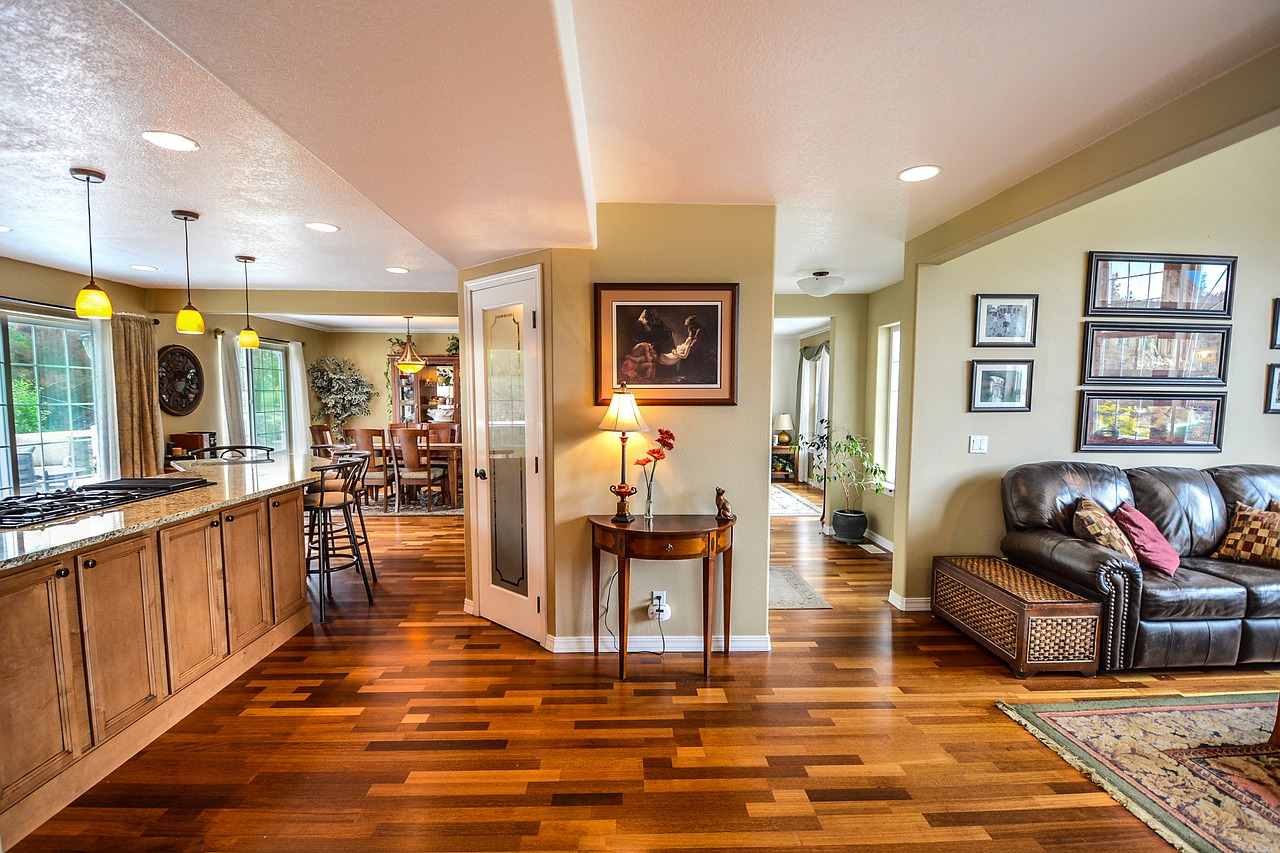This post was written by Hannah Morris, Director of Assessment & Advancement at The Latimer Group.
In my last post, I presented the analogy of message as journey – a way to visualize, approach, craft, and deliver an effective presentation. The journey happens in three parts – open, content, close – and the itinerary is tailored to its audience. The focus is on identifying and honing the key points, or mile markers, that are essential in getting the audience to a destination, or goal.
With that work done, the final step in preparation is committing some version of the message to memory. Whenever we discuss this in workshops, we always warn participants to steer clear of scripts and avoid tethering themselves to wordy notes. What we do recommend is a simple outline of bulleted points and phrases – both for practice and for notes, if necessary.
But some people would like more guidance on memory techniques, so I offer two strategies to consider.
The first strategy involves anchoring ideas and stories in a physical place or item. Researchers have long studied how memory is tied to context. A study dating back to 1975 (Godden and Baddeley, British Psychological Society) asked divers to learn lists of items on land and underwater and then recall them in the different environments. It supported the idea that when we learn information in a given context, we have an easier time recalling it within that same context. So how can we use that? We have always recommended that people practice out loud when they want to be able to remember and effectively deliver a message. If we can create the same context during our practice that we will have during the delivery, that can facilitate our retrieval.
In the days of in-person presentations, it would mean going to the conference room and practicing in that space. Not only would you then get the chance to study the physical set-up (is there a podium or not, where are the screen and seats placed, etc.) but as you familiarize yourself with those surroundings, you would speak your key points out loud, and allow your brain to create associations between the two.
However, now that so many of us are delivering our communication virtually from static locations – behind our desks in offices, at home or not – we have the same context over and over again. So, if we want different context to cling to, we need to artificially create it. Add a new backdrop to your home office, put barriers around your desk, bring new objects into your workspace and allow those to become part of your practice routine and ultimate delivery plan. If you are going to be standing for delivery (which can increase your energy, improve your posture, make you more engaging) then stand while practicing. If you are going to change your lighting, practice with that, too. In every way possible, build the full sensory experience into your rehearsals.
Now, this next strategy takes real expansive thinking, so bear with me… If you have challenges remembering your key points without using notes and want to take it one step further, try using a version of a Mind Palace. This is a memorization technique used by memory athletes (yes, such a thing exists), dating all the way back to the Ancient Greeks and Romans, and more recently dramatized in an episode of Sherlock Holmes. It is a process of visualizing a place that you know well (for example, your home, your office, a park you visit frequently) and anchoring information in a series of familiar sites in that place (in your mind).
Here’s how it would work for a presentation:
Imagine walking in the door of your house or apartment. Identify the information you want to include in your open, such as the context for your message, a problem statement, a recommended solution, and an ask. Visualize that information in your entryway.
Then move to the living room. Focus on your first key point and the supporting data, examples, stories that is essential in proving this point. Place your next key point in the dining room, and then the next in the kitchen.
When it is time for your close, head back to the front door. Revisit the information included in your open because that is what you want to reinforce here. Then, as you are walking out the door, emphasize your call-to-action. Make the final statement that will get the audience on their feet and inspire them to act.
Now, in all honesty, I can’t use my own house for this. I need a place with fewer associations and less general distraction. Instead, I have used our office and a few outdoor locations which feel simpler and more serene. And I have found that grounding information in a visualization of a physical location has truly helped me retain the information for longer.
Our memories are complex and fascinating machines. Learning more about how they work can have a tremendous impact on how we approach our communication. If you have already used either of these techniques or decide to give them a try, please let us know how it works for you. We are always looking to hear about people’s experiences and find new ways to help others achieve their communication goals.
—
Does your team:
– Overwhelm the audience with too much detail?
– Make things too complicated?
– Fail to ask for what they want or need?
Does your organization:
– Waste time because of poor internal communication?
– Take too long to make decisions?
– Struggle to clarify and frame discussions?
Do your leaders:
– Exhibit poor executive presence?
– Lean on incomplete communication skills?
– Fail to align the organization?
We transform teams and individuals with repeatable toolsets for persuasive communication. Explore training, coaching, and consulting services from The Latimer Group.
Looking for more from The Latimer Group?







Comments